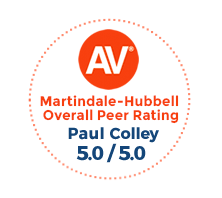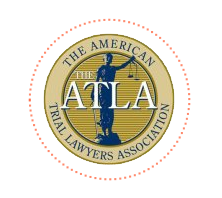How to Combat Defamation and Save Your Reputation
The first thought that comes to mind when talking about personal injury is usually physical harm. Did you know that personal injury law protects reputations from false accusations as well? In our society, it is important for businesses and professionals to shine in the best light possible when someone attempts to defame another; great harm can affect not only their reputation, but their business status and even financial stability.
Defamation is often very tricky to define and can go without reparation if a business owner is not fully aware of the meaning.
So, what is defamation?
According to Merriam-Webster, defamation is “the act of saying false things in order to make people have a bad opinion of someone or something.” Defamation has two branches, libel and slander. Libel is a defamatory statement which is written and published. Slander is verbal defamation that was in some way published. Both libel and slander have to be in the presence of a third party. If no one heard the defendant say the defamatory statement, the case is dead.
How is defamation proven?
Defamation must be proven through four strict elements.
- The plaintiff (injured party) must prove that the statement was in someway false.
- The plaintiff must prove that the defamatory statement was published or broadcasted to a third party.
- The plaintiff must prove negligence - meaning the defendant knew it was a false statement and chose to express it to a third party anyway. It could also mean the defendant had no definite information that the statement is true or false and did not take care to prove the statement before publishing or broadcasting.
- The plaintiff must prove actual damages - which could be considered personal financial loss or proven loss of customers and profit of a business.
Say, for instance, you owned a local bakery for 10 years and all of a sudden a cupcake store pops up directly across the street. The cupcake establishment does not worry you because cupcakes are just a fad and bakeries are evergreen! UNTIL, one day the cupcake store puts a sign out that says “Our cupcakes are better than the ones across the street because ours are fresh and they serve theirs three days old!” This is clearly wrong because you arrive at work every morning 4 hours before opening to make fresh pastries. Since the sign went up, you have had no one at all come into your store and now you don’t have the funds to buy new ingredients! Defamation? Let’s take a look at the facts.
- Was the statement false? Yes, everyday you make new pastries.
- Was a third party involved? Yes, it was publicly displayed on the street.
- Was the new bakery owner negligent? Yes, the owner was not sure that this statement was true but printed and published the sign anyway.
- Did the statement cause damages? Yes, no customers have come in for the past week!
This example makes sense, but there are some cases that are much more complicated. If you, your business, or someone you know experienced personally injured by a defamatory statement, contact Colley & Colley law firm in Tyler, Texas, for a free consultation!















